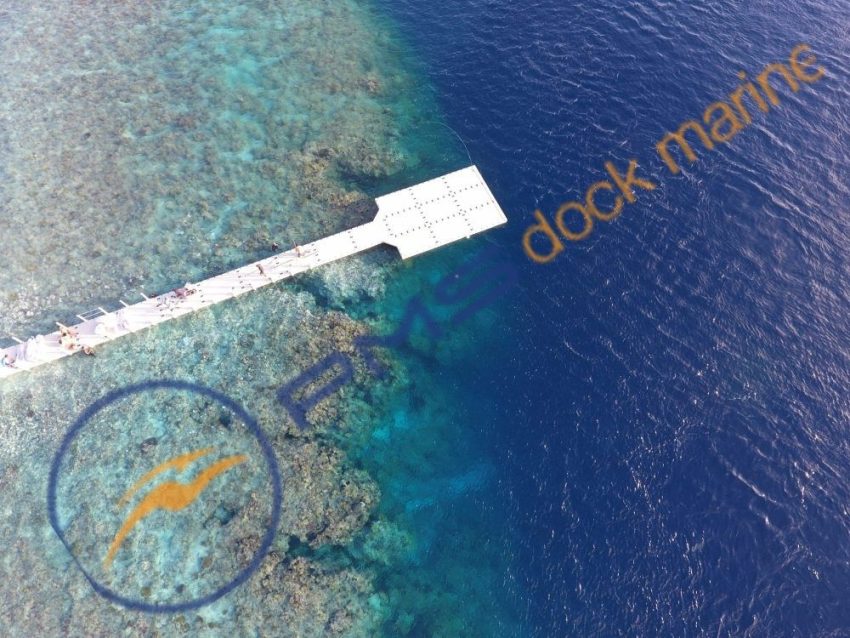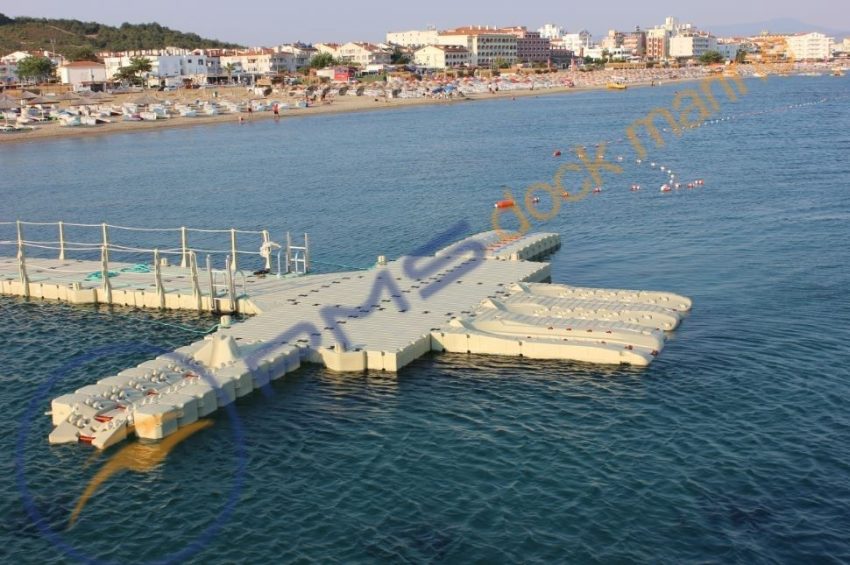Demystifying the Differences Between Ports and Docks: PMS’s Expert Insights
Introduction
Navigating the maritime world can be a complex endeavor, with numerous terms and concepts to grasp. Two such terms are “ports” and “docks.” While they may appear synonymous to some, there are distinct differences between these two essential elements of maritime infrastructure. PMS, a trusted expert in marine solutions, is here to demystify these differences and provide expert insights into the roles these structures play in the maritime industry.
Defining Ports
Ports are extensive facilities where vessels can load and unload cargo, handle customs procedures, and provide services to ships. Ports are typically located in natural harbors, estuaries, or bays, where they can accommodate larger vessels and support various maritime activities. Ports serve as gateways for international trade and play a vital role in the global economy.
Characteristics of Ports
Size and Capacity:
Ports are often large and equipped to handle a high volume of cargo and vessel traffic.
Infrastructure:
Ports have comprehensive infrastructure, including warehouses, container yards, customs facilities, and transportation connections.
Accessibility:
Ports are accessible to a wide range of vessels, including large container ships and bulk carriers.
Defining Docks
Docks, on the other hand, are more specific structures within a port or along a waterfront. Docks are individual areas where vessels can be moored, loaded, or unloaded. Docks are typically more focused on the berthing and servicing of ships. Docks can be found within larger port facilities, as well as in smaller harbors or along the coastline.

Characteristics of Docks
Size and Purpose:
Docks can vary in size and are designed for specific purposes, such as passenger terminals, cargo handling, or ship maintenance.
Infrastructure:
Docks have facilities like cranes, loading equipment, and mooring points for vessels.
Accessibility:
Docks are generally accessible to a specific category of vessels, depending on their purpose.
Key Differences
Scope:
Ports are extensive facilities that encompass numerous docks, while docks are individual areas within a port.
Functions:
Ports serve a broader range of functions, including cargo handling, customs procedures, and vessel services, whereas docks primarily focus on vessel mooring and services.
Size:
Ports are typically much larger and handle a higher volume of traffic compared to docks.
Accessibility:
Docks may have restrictions on the types and sizes of vessels they can accommodate, whereas ports are designed to handle a wide variety of vessels.
PMS’s Expertise in Maritime Infrastructure
PMS, a leading expert in maritime solutions, understands the importance of ports and docks in the global shipping and trade industry. With a deep understanding of these critical components, PMS is committed to delivering innovative solutions that enhance the efficiency and sustainability of ports and docks worldwide.

While ports and docks are essential components of maritime infrastructure, they serve distinct roles in the maritime industry. Ports are expansive gateways to global trade, while docks are specific areas within these ports, designed to facilitate vessel mooring and servicing. PMS’s expertise in this field ensures that both ports and docks can continue to operate efficiently and effectively, supporting international commerce and maritime activities.

